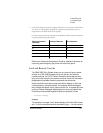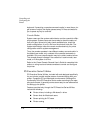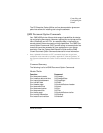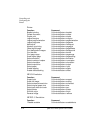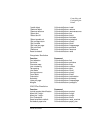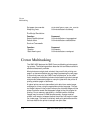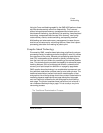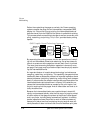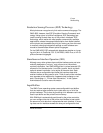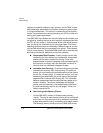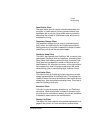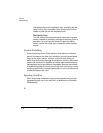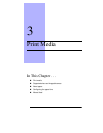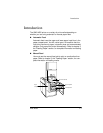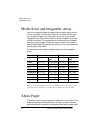
Crown
Multitasking
2-27About the Printer
Emulation Sensing Processor (ESP) Technology
Most printers can recognize only their native command language. The
QMS 4525, however, has ESP (Emulation Sensing Processor) tech-
nology. Using a form of artificial intelligence, ESP technology ana-
lyzes incoming file data from any of the printer's interfaces. ESP
technology, which works with most popular commercially available
applications, selects the appropriate emulation from those installed
on the printer and processes the print job, freeing you from the need
to manually change printer switch settings or send software com-
mands to accommodate different printer languages.
On the QMS 4525, ESP automatically determines whether an incom-
ing print job is in PostScript, PCL 5, imPRESS, LN03 Plus, or HP-GL
printer command languages.
Simultaneous Interface Operation (SIO)
Although many other printers have multiple interface ports and auto-
matically designate a “hot port,” only one port at a time actively
receives information. Your QMS 4525 printer is unique because SIO
allows all of its interface ports—LocalTalk, parallel, serial, and both
optional network interfaces—to be active at the same time. Each
interface has a configurable input buffer that receives data while
another interface is being used to print. Think of each printer interface
as a separate printer attached to a separate host computer or net-
work. See chapter 11, “Printer-Host Connection,” in the
System
Administrator's Guide
for more information.
Input Buffers
The QMS Crown operating system uses configurable input buffers
that can receive large amounts of print data over any or all of the
printer interfaces. This is done by providing a link between each inter-
face's input buffer and the printer's main memory.
With RAM that is automatically partitioned by the printer controller,
you can configure the size of the printer input buffers to best match
the amount of print data that is expected over each interface. If incom-
ing data over an interface exceeds the size you configured for that



